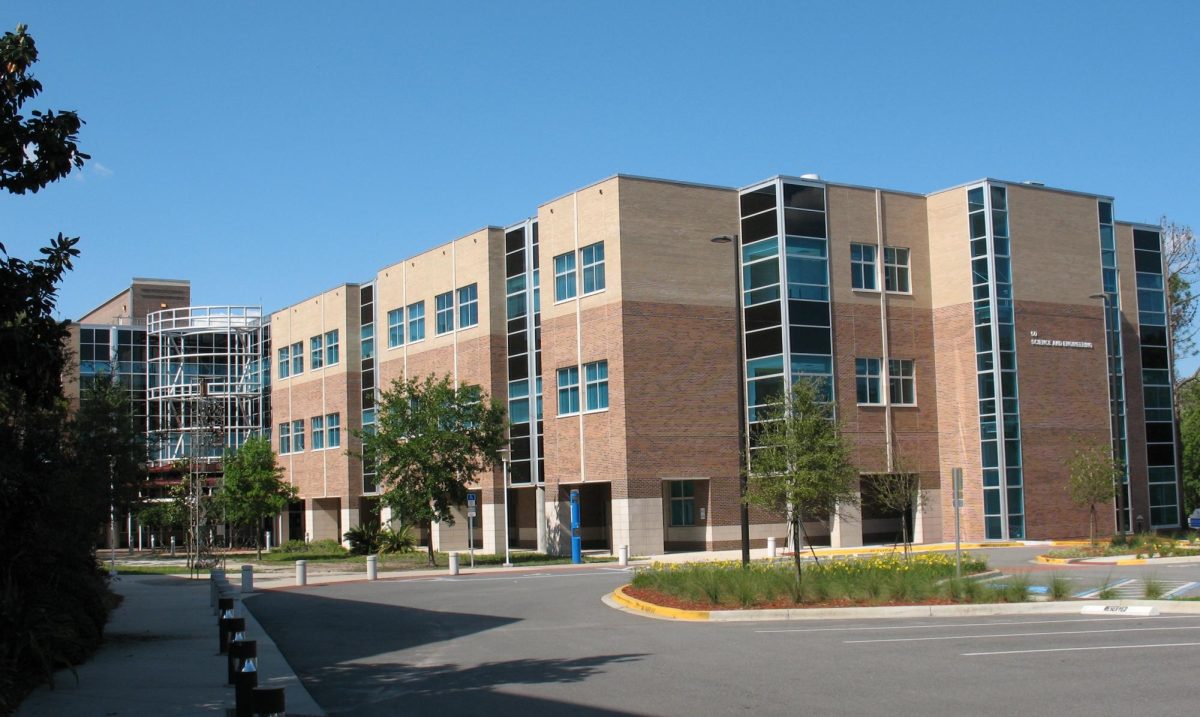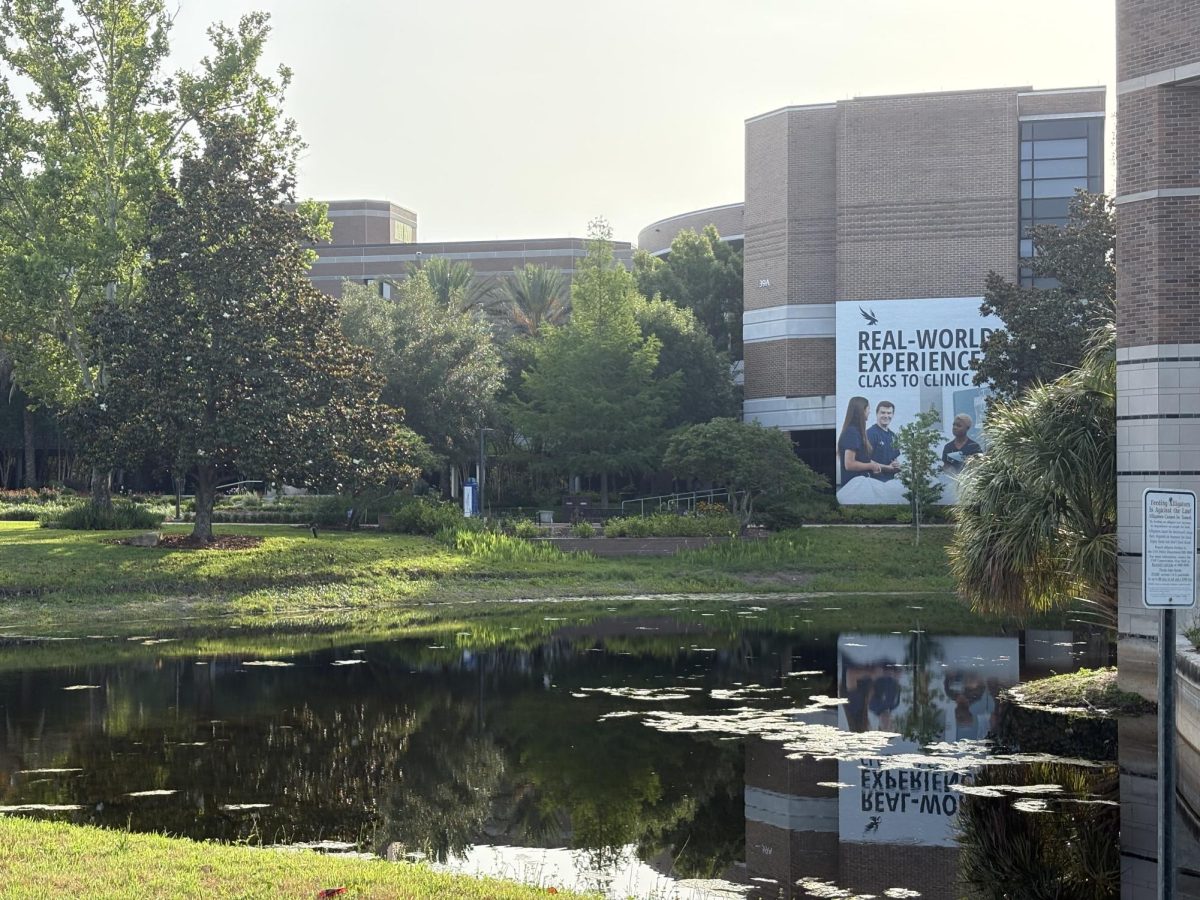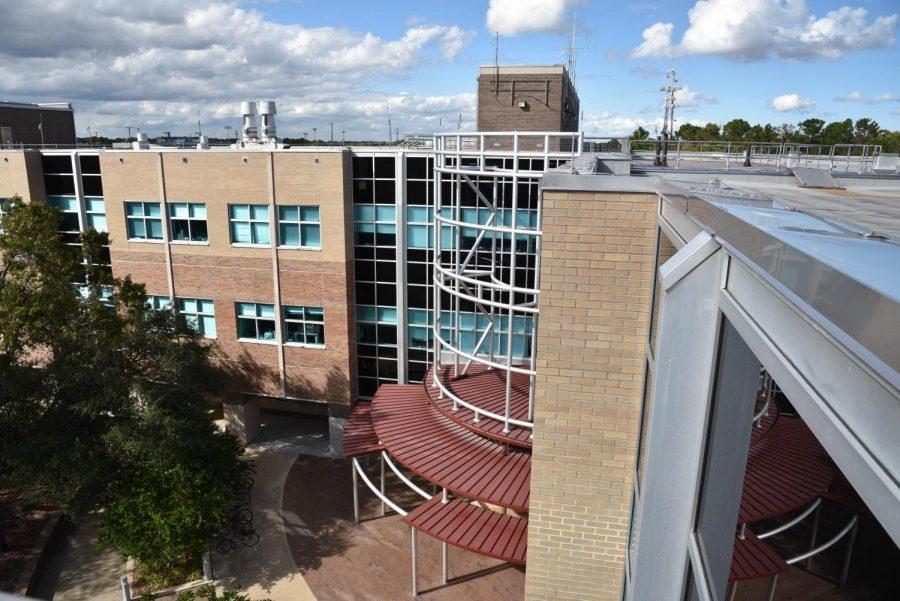Ospreys for Ospreys is a UNF donation drive for a group of Marines who deployed for Iraq in early September. The Marine squadron receiving the goods works closely with the V-22 Osprey aircraft – a connection Health Administration Director Doreen Perez noted when she began the drive in October.
Captain Bryan Willows of the VMM-266 Squadron corresponded with the Spinnaker from Iraq on the donation efforts and the squadron’s efforts in Iraq.
How many members are there in the squadron?
“Approximately 200 Marines, sailors and civilians.”
How many squadrons use the V-22 Osprey aircraft?
“There are actually four operational squadrons – VMM-266, VMM-263, VMM-162 and VMM-261 – in addition to one training squadron – VMMT-204 – and one test squadron – VMX-22. Currently, VMM-266 is the only deployed squadron. Two other squadrons – VMM-263 and VMM-162 – were previously deployed to Iraq to conduct the same mission we are: Combat Assault Support. The Air Force employs the CV-22, which is its variant of the V-22. It is virtually the same as the MV-22, but I’m not sure how many squadrons the Air Force currently has in operation.”
When was the squadron deployed, and when will the squadron return home?
“The squadron deployed to Iraq in September 2008 and will return to its home station of Marine Corps Air Station New River in Jacksonville, N.C., in the spring of 2009.”
Are the pilots a part of the squadron? If so, how many pilots are in the squadron?
“Yes, the pilots are a part of the squadron. Most squadrons average 26 pilots and 10 aircraft. Flying is only about a quarter of a pilot’s job in the USMC. We have other jobs such as maintenance, which includes quality assurance, flight line and airframes, operations, which includes weapons and tactics, future ops, current ops and plans, and safety and standardization.”
What makes the V-22 Osprey aircraft different from other military aircraft?
“The Osprey has the revolutionary capability to fly at the speed of an airplane – approximately twice as fast as any helicopter – and still land like a helicopter. The tiltrotor technology allows the prop-rotors to be positioned any where between 0 degrees in airplane mode to 90 degrees in helicopter mode.”
What did you think of the idea to send donations to your squadron? How do you feel about the efforts that are now being made to collect items?
“We are always humbled and honored by the efforts of the American people to show their support. We are thankful to everyone at the University of North Florida for their efforts.”
Compiled by Rebecca McKinnon.











